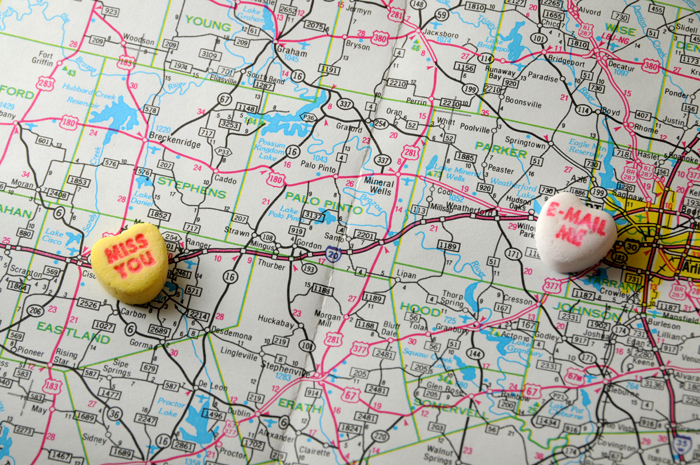All-of-this-Mixed-Up-and-Baked-in-a-Beautiful Blueberry Galentines Pie
/Happy Galentines weekend, all! (If you've never heard of Galentines, go ahead and click on the link for a tutorial and welcome to the holiday! I'm unabashedly channeling Leslie Knope in this post.) Instead of our typical weekend gems post, I wanted to send a little love & appreciation to all of our N+L internet Gal Fridays today (or is it Gals Friday?). If I could have a weekend wish, I would have you all over on Saturday for a long chat, good laughs, and some pie. Since that's not in the cards, I thought I'd share my favorite pie recipe and raise a fork to you across the miles.
If you've seen the 2007 dark comedy film Waitress, you might remember that Jenna (Keri Russell) bakes a series of cathartic pies that she creates and names after her emotional state at the time, things like the Marshmallow Mermaid Pie, the Falling in Love Chocolate Mousse Pie, the I Don't Want Earl's Baby Pie, Baby Screamin' Its Head Off In The Middle of the Night & Ruinin' My Life Pie, and finally the I Can't Have No Affair Because It's Wrong and I Don't Want Earl to Kill Me Pie.
In that spirit I'm calling this the She's-All-of-This-Mixed-Up-and-Baked-in-a-Beautiful Blueberry Galentines Pie. (I lifted the title directly from a song* in the new Waitress musical.) Don't get me wrong, though, this could also be whipped up on Valentines, too, and called the Blueberry Declare-Your-Love Pie. It's G's favorite pie on earth. In fact, it's one of his love languages. Feel free to choose your holiday on this one.
photo by Mark Boughton
She's All of This Mixed Up and Baked in a Beautiful Blueberry Galentines Pie
{or} Blueberry Declare-Your-Love One-Crust Pie
1 9" prebaked pie shell (I have great luck with Pioneer Woman's pie crust recipe)
4 cups blueberries, rinsed and dried (can use frozen but fresh is 100 times better)
1 cup white sugar, divided into 3/4 c. and 1/4 c
1 cup water
3 T. cornstarch (i.e., corn flour in Australia)
1. Line baked pie shell with 3 cups of blueberries
2. Combine 1 cup blueberries, 3/4 cup sugar, 1 cup water in a medium saucepan and cook over medium high heat, boiling until soft.
3. In small bowl or mug, combine 1/4 cup sugar and 3 T cornstarch. Mix in a little (2 T or so) of the hot mixture and stir until smooth then add to pan with hot mixture.
4. Cook for a few minutes, stirring until warm and smooth and thick.
5. Cool and pour mixture onto berries in the pie shell.
6. Refrigerate for 2+ hours for pie to set.
7. Serve with ice cream or fresh whipped cream. Go on, head back for seconds.
(A big thank you to my friend, Annette, who passed along this recipe to me many years ago.)
- A few of those pie recipes from the movie Waitress
- *The lovely Sara Bareilles song (from the new Waitress musical) that inspired the pie name:
- Other music to make pie by: Sugar Pie Honey Bunch (Can't Help Myself), Miss American Pie and the rest of the soundtrack from the musical Waitress
- A lovely Courtney Martin essay on friendship New Friendship is the Last Great Romance
- Check out Elena Ferrante's Neapolitan novels centered around a lifelong friendship between two girls growing up in Naples. I just finished the first two--they're immersive and fascinating.
Happy weekending!



























